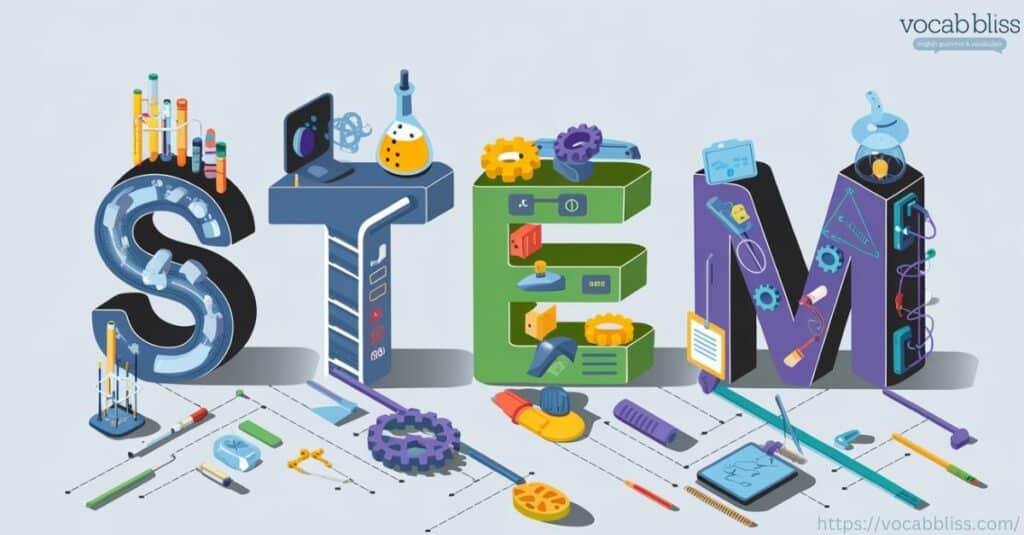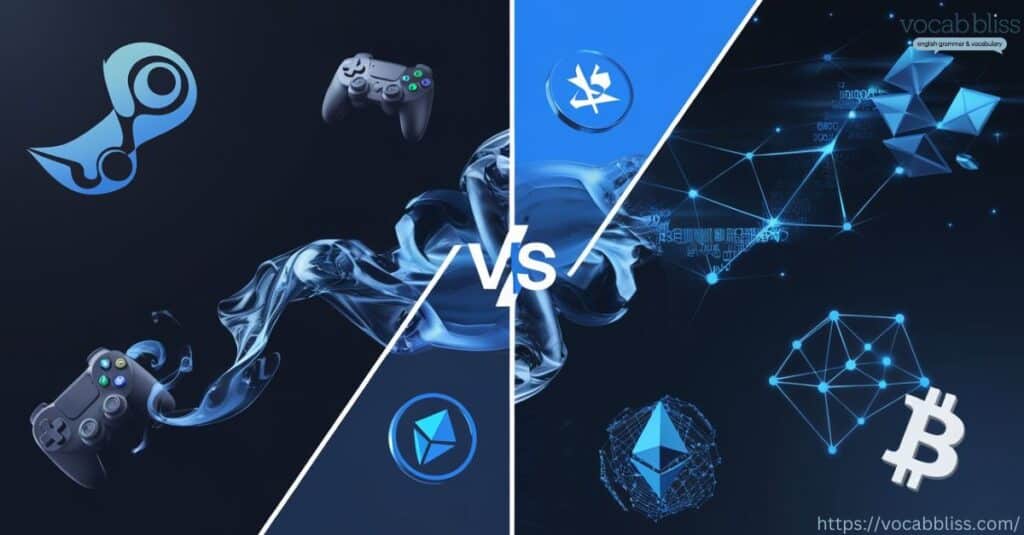In everyday life, the words Steam or Steem may sound identical, but they represent two completely different worlds. On one hand, we have Steam, a familiar term with uses in industrial processes, heating systems, and even cooking. In the digital age, Steam is also known as a major online platform for gaming and software distribution.
On the other hand, there’s Steem—a cryptocurrency and blockchain-based ecosystem primarily supporting online communities and content creation through its platform, Steemit. If you’ve ever wondered how to distinguish these terms or why it even matters, this guide has you covered.
Overview: Why Do Steem or Steam Get Confused?
Steam or Steem The similarities in name and sound can easily cause confusion, especially in the digital landscape where one misstep can lead to a vastly different world. Whether you’re discussing industrial applications or cryptocurrency, it’s essential to understand the correct context and meaning of each.
For example, Steam has diverse uses across cooking, manufacturing, and digital gaming. Meanwhile, Steem operates in a completely separate digital space, powering community-driven platforms like Steemit, where users earn rewards in a cryptocurrency ecosystem.
Let’s delve into what each of these terms truly means.
Understanding Steam vs Steem
What Is Steam?

Find More: Usage or Useage: Which Is Correct and Why?
Steam Definition and Origin
In simple terms, steam is the vapor produced when water is heated past its boiling point. Steam has been used since the 18th century in power generation, heating systems, and industrial applications. When water molecules convert to vapor at 100°C (212°F), steam is released, creating energy through movement.
Steam as a digital platform, however, was introduced by Valve Corporation in 2003. Known as a groundbreaking platform for game distribution, community building, and software development, Steam has become the go-to digital hub for millions of users worldwide.
What Does Steam Stand For?
Although Steam doesn’t officially stand for an acronym, it represents a central hub where users can buy games, connect with other players, and access a marketplace for in-game purchases. For industrial purposes, however, “steam” typically denotes energy production and heat exchange systems in sectors like power plants and turbines.
Main Functions and Purpose of Steam
The Steam platform serves as:
- A Digital Game Library: With thousands of titles, from indie games to AAA releases.
- Community Platform: Offering forums, player groups, and community events.
- Marketplace: A place where players can buy, sell, and trade in-game items.
- Software and Tool Distribution Hub: Developers can share tools and software directly with their audience.
In the physical realm, steam is essential for:
- Power Generation: In turbines, steam turns generators to create electricity.
- Industrial Manufacturing: Used for processes requiring precise temperature control.
- Heating and Sterilization: Common in facilities and for sterilizing equipment.
- Cooking: Essential for techniques like steaming vegetables, dim sum, and seafood.
What Is Steem?

Steem Definition and Origin
Steem is a blockchain-based cryptocurrency launched by Steemit Inc. in 2016. Unlike Bitcoin or Ethereum, Steem’s blockchain serves as the backbone for social and content-sharing platforms, with Steemit being the most well-known. Steem’s ecosystem rewards users for content creation and engagement on the platform, providing a financial incentive for users to contribute.
What Does Steem Stand For?
While Steem isn’t an acronym, it stands for a revolutionary digital currency aimed at decentralized applications (dApps) and digital communities. Through Steemit, users can share blog posts, photos, and videos, earning digital currency for popular content.
Primary Uses and Functions of Steem
Steem powers content rewards, community initiatives, and online transactions. Users earn rewards through “upvotes” on their content, incentivizing high-quality contributions on the Steemit platform. Here are some of Steem’s primary functions:
- Content Monetization: Writers, artists, and creators earn cryptocurrency from their posts.
- Community-Based Ecosystem: Users support each other, creating a vibrant community of content creators.
- Token Economy: Steem tokens, or Steem Dollars (SBD) and Steem Power (SP), form the basis for user rewards and influence.
Through blockchain technology, Steem allows for decentralized finance (DeFi) functions, making it a viable choice for community-driven digital applications.
Steem vs Steam: Side-by-Side Comparison
To clarify the differences, here’s a side-by-side comparison of Steam or Steem,
| Aspect | Steam | Steem |
|---|---|---|
| Definition | Digital game distribution platform and water vapor | Blockchain-based cryptocurrency and content platform |
| Origin | Developed by Valve Corporation in 2003 | Launched by Steemit Inc. in 2016 |
| Primary Use | Gaming, software, and community engagement | Content creation, rewards system, and digital currency |
| Applications | Game library, community forums, marketplace | Decentralized social media, content rewards |
| Currency | In-game purchases, no cryptocurrency | Steem tokens, Steem Power (SP), Steem Dollars (SBD) |
| Target Audience | Gamers, developers, and software users | Content creators, cryptocurrency enthusiasts |
| Technology | Digital distribution, online marketplace | Blockchain, cryptocurrency |
Real-World Applications and Examples
Steam in Everyday Use
Steam plays a role in both physical and digital applications. Let’s look at how people use it in each context:
- In Gaming and Software Distribution: Steam has a vast library, including games, VR applications, and software for learning and development. Gamers can purchase, download, and play games, while developers get direct access to a large, active audience.
- In Industrial Processes: Industries use steam to drive turbines for power generation, run heating systems in large facilities, and even sterilize equipment in healthcare settings.
- In Cooking: From steaming vegetables to preparing dim sum, steam helps cook food without oil, retaining nutrients and flavor.
Example: Steam in Power Plants
In power plants, steam plays a critical role by converting water to vapor, creating high-pressure steam that spins turbines to generate electricity. This steam-driven process is an essential part of many renewable energy systems and continues to evolve as technology advances.
Steem in Everyday Use

Steem operates in the digital space, empowering content creators through cryptocurrency rewards and decentralized applications. Here’s how Steem is used in daily life:
- Content Creation and Monetization: Users on Steemit create blogs, videos, and other content, earning Steem tokens based on popularity.
- Decentralized Finance (DeFi): Steem users participate in decentralized finance by trading, holding, or investing in Steem tokens, contributing to an ecosystem that is largely community-driven.
- Community Engagement: With Steemit, users interact with a digital community, exchanging ideas and sharing content while earning rewards.
Example: Content Creators on Steemit
A blogger on Steemit might post an article about blockchain technology, earning upvotes from other users. Each upvote generates Steem token rewards, creating financial incentives for sharing quality content. Steemit has become a popular space for blockchain enthusiasts and those interested in decentralized media.
What Is STEM?

STEM stands for Science, Technology, Engineering, and Mathematics—four crucial fields that drive innovation and economic growth. A STEM education emphasizes critical thinking, problem-solving, and hands-on learning. By studying STEM, students gain skills applicable in a wide range of careers, from engineering and medicine to data science and robotics.
STEM has become increasingly important as industries rely on technology and data. Schools, universities, and organizations worldwide encourage STEM learning to prepare students for high-demand, high-paying careers. As technology advances, the need for skilled STEM professionals continues to grow, making it a vital educational focus today.
Which One Should You Use?
Choosing between Steem or Steam depends on your interests and goals.
For Gamers and Entertainment Seekers: Steam
If your goal is to play games, connect with other gamers, or access exclusive software, Steam is ideal. Its vast community, marketplace, and game library provide unmatched entertainment and interactive opportunities.
For Content Creators and Blockchain Enthusiasts: Steem
For those interested in blockchain, cryptocurrency, or content creation, Steem offers a unique platform to earn rewards and engage in decentralized communities. Steemit allows for financial incentives through cryptocurrency, making it an appealing choice for creators.
Conclusion: Steam vs Steem
In summary, Steam or Steem cater to entirely different user bases. Steam serves as a hub for gaming and software, transforming the gaming industry and creating online communities centered around entertainment. Steem, on the other hand, pioneers community-based cryptocurrency rewards, using blockchain to empower content creators and digital communities.
Each has unique strengths, and understanding the difference can help you make the best choice for your specific needs. Whether you’re cooking with steam, generating power, playing games, or earning cryptocurrency through content, the right tool is within reach.
The future of Steem vs Steam holds great promise. As Steam expands into VR and streaming, it continues to influence the gaming landscape. Meanwhile, Steem’s blockchain capabilities and content rewards offer a glimpse into the future of decentralized finance and digital content.
Whether you’re drawn to the physical or the digital world, Steam and Steem each have something unique to offer.
Discover more:
- Shiney or Shiny: Which Spelling Is Correct?
- Potatoes or Potatos: What Is the Difference?
- Challenge or Challange: Which One Is Correct?
- Catalogue or Catalog: What’s the Right Spelling?

Jorge Phillips is an experienced blogger who writes for Vocab Bliss, sharing his passion for the English language. With a knack for simplifying complex grammar rules and a focus on commonly confused words, Jorge helps readers navigate the nuances of English with ease. His insights aim to make learning engaging and practical.







